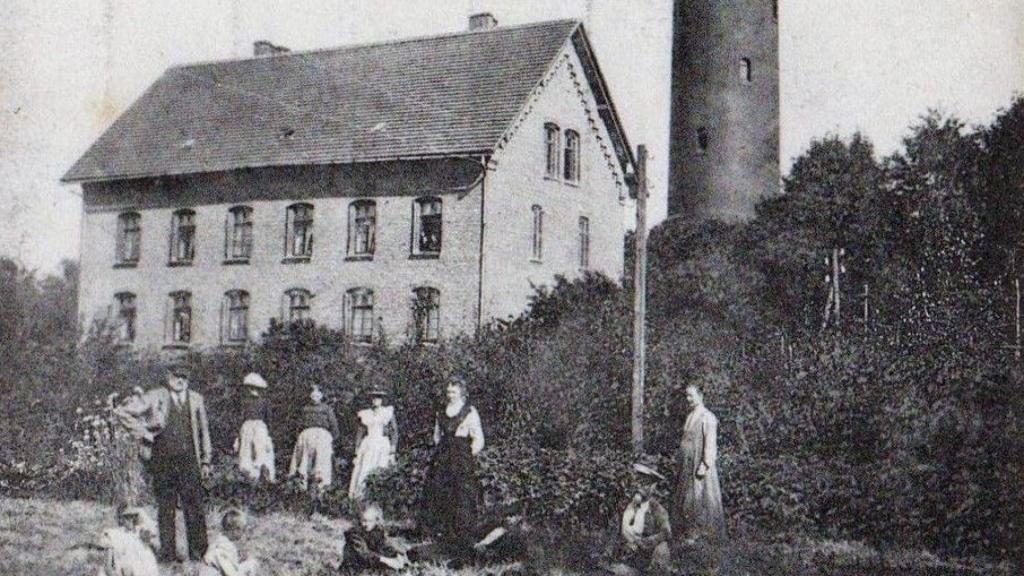History of the Sea Palace in Gaski
Gaski is a small summer resort village in the municipality of Mielno, Koszalin County. Nearly 500 residents live in the village. Until 1945, the village was called Funkenhagen.
The first known records of the village refer to 1628, when agricultural fields were partially covered by sand from the dunes. The owners at the time – the Damicz family – tried to avoid paying high taxes for this reason. At the end of the 17th century, the village had the privilege of collecting limestone thrown by the sea waves, burning it and processing it into lime.
There are two monuments in Gaski. The most famous is lighthouse erected in 1876-78. The lighthouse in Gaski also includes the lighthouse keepers’ house, barn, livestock building, fence and wall of the lighthouse complex. The lighthouse in Gaski is the second highest, after Swinoujscie, on the Polish coast. The second architectural monument is, built in the second half of the 19th century, the neoclassical Sea Palace with its historic park.
In Gąska (Funkenhagen), one of Wroclaw’s most famous architects, Richard Plüddemann, was born here in 1846 – his works include the Grunwald Bridge, the Zwierzyniecki Bridge and the Market Hall at ul. Sandy.
Sea Palace in Gaski
The Sea Palace is a historic neoclassical building from the second half of the. XIX century in Gaski. It is surrounded by a historic (area of about 6.7 hectares) park with, among other things. Beech trees, pea cypresses and silver maples. Currently, located approx. 900 meters from the sea palace, serves as a year-round holiday resort. The resort has an approx. 60 beds, a conference room with audiovisual equipment, a gymnasium, a restaurant and a cafeteria.



